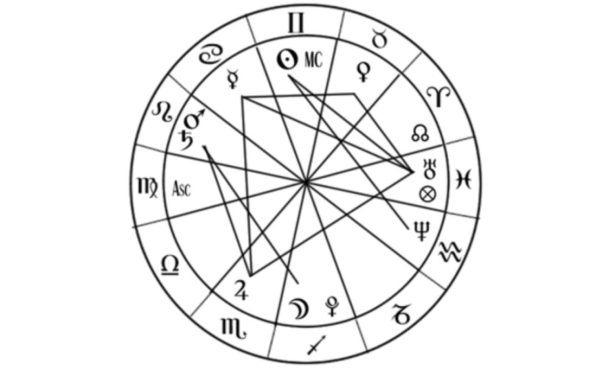Santa Barbara Girls School
A Day and Boarding School
The Santa Barbara Girls School was for a time the city’s largest private school for girls. The school was the descendant of Santa Barbara’s first private school for girls, the Blanchard-Gamble School, which opened its doors in 1902.
Mary Elizabeth Gamble was a native of Sacramento, born in 1858. Educated in Europe, upon her return to the U.S. she taught for a time in San Francisco, before coming to Santa Barbara to open a school in the house she shared with her friend, Elizabeth Blanchard, at 2024 Anacapa Street. The day and boarding school, renamed the Gamble School in 1911 when Gamble took sole charge, developed a national reputation for preparing young women for entry into eastern colleges such as Bryn Mawr and Vassar.
Gamble’s retirement in 1914 prompted some of Santa Barbara’s most influential citizens to incorporate to found the Santa Barbara Girls School. A separate group formed to purchase a house at 1624 Garden Street and lease it to the new school. One factor in deciding to buy this particular residence was that the streetcar line ran right by the house, which would allow day students to easily reach the school.
Chosen as principal was Marion Chamberlain, who had been educated at Boston University and Columbia University and had received her degree in English literature from Radcliffe. Early on she made it clear her students were to be held to high standards. As she put it, “Mental indolence is an enemy I hope I shall never cease to fight.”
Like the Gamble School before it, the Santa Barbara Girls School was both a day and boarding facility. The latter was located in Chamberlain’s home at 111 West Valerio Street. Boarding pupils were expected to attend Sunday services with the teachers, the Episcopal Church being the designated place of worship unless otherwise specified.
The school was divided into four sections. The kindergarten and primary schools, for the youngest students, admitted both boys and girls. The intermediate and secondary schools, the latter a college-preparatory facility, were for girls only. In addition to the academic courses, the school put quite a bit of emphasis on physical fitness and offered swimming, basketball, tennis, horseback riding, and camping trips. Initially, tuition ranged up to $200 a year for secondary students. During the school’s flush years in the 1920s, tuition would rise as high as $1400 annually for boarding students.
From an initial enrollment of 54, student population steadily rose to well over 100. In 1919, the school purchased the former home and surrounding 11 acres of Anna S.C. Blake, Miradero, located on Constance Avenue about where the Presbyterian Church is today. Blake, founder of the school that ultimately metamorphosed into UCSB, died in 1899 and had instructed in her will to transform Miradero into a convalescent hospital, which met with only partial success. In new quarters the school could now offer a wider variety of extracurricular activities, such as dramatic productions on an outdoor stage. Students also now had the option of boarding their own horses in the school stables.
Chamberlain retired in 1930, just as the school began facing the grim economic realities of the Depression. Enrollment shrank, despite decreases in tuition, until, in 1938, the Santa Barbara Girls School closed its doors. Today, physical evidence of the school is almost nonexistent; only the memories remain among the surviving alumni.



